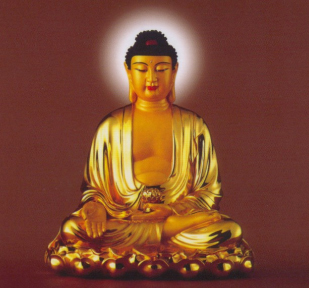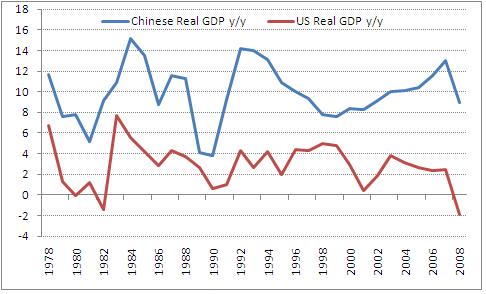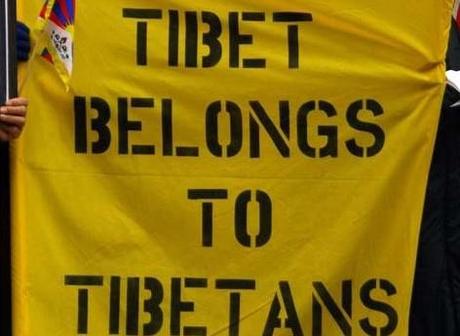January 1st-
New Year's Day (Official holiday)
This official holiday is not as popular as it is in other parts of the world because of the Chinese New Years festival that follows soon after. There are lots of parties in parks and dancing halls and employees and students are given off.
1st day of the 1st lunar month-
Spring Festival or Chinese New Year (Traditional holiday)

Biggest and most popular festival in all of China. It is the equivalent to our Christmas in level of importance. This festival often lasts three to five days. The date of the Chinese New Year is based off of the Chinese Calender.
http://journals.utoledo.edu/xinren/2012/01/27/happy-chinese-new-year/
June 1st-
Children's Day (Official holiday)
This is a day where Chinese children are celebrated. Things such as museums, parks and movie theaters are free to children. Their schools and parents shower them with gifts.
5th Day of the 5th lunar month-
Duan Wu (Dragon Boat) Festival- (Traditional Holiday)
This festival is in memory of Chinese patriot poet Qu Yuan, who drowned himself in protest of the emporer of his time. In an attempt to save his body from the consumption of fish, the people of Chu (the state in which he lived), they brought their boats into the water. In the place where he drowned they threw rice dumplings wrapped in bamboo to feed the fish. Based off this story they now hold dragon boat races during this festival and the race itself has become a legacy.

http://celergo.com/cultures-revealed-chinese-dragon-boat-festival/
 http://www.wku.edu/~haiwang.yuan/China/newyear.html
http://www.wku.edu/~haiwang.yuan/China/holiday.html
http://www.wku.edu/~haiwang.yuan/China/newyear.html
http://www.wku.edu/~haiwang.yuan/China/holiday.html











 Social Media has become so prevelant in the United States, it's no wonder that other countries are following in our footsteps. China, with their mass political and social reform, have become dependent on social media, like Twitter and Facebook, themselves. However, the next generation of Chinese leaders does question if social media is harmful of helpful. The social media being used now by leaders has proven to be helpful; Facebbok is updated constantly of social issues, as well as spreading China's communist message to the people. In a country with over a billion people, how else can you get the news to diffuse to everyone?
Social Media has become so prevelant in the United States, it's no wonder that other countries are following in our footsteps. China, with their mass political and social reform, have become dependent on social media, like Twitter and Facebook, themselves. However, the next generation of Chinese leaders does question if social media is harmful of helpful. The social media being used now by leaders has proven to be helpful; Facebbok is updated constantly of social issues, as well as spreading China's communist message to the people. In a country with over a billion people, how else can you get the news to diffuse to everyone? 









